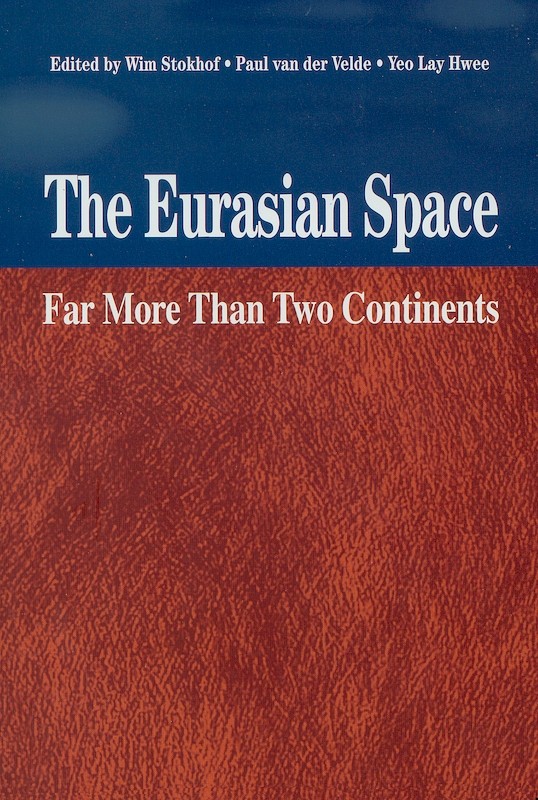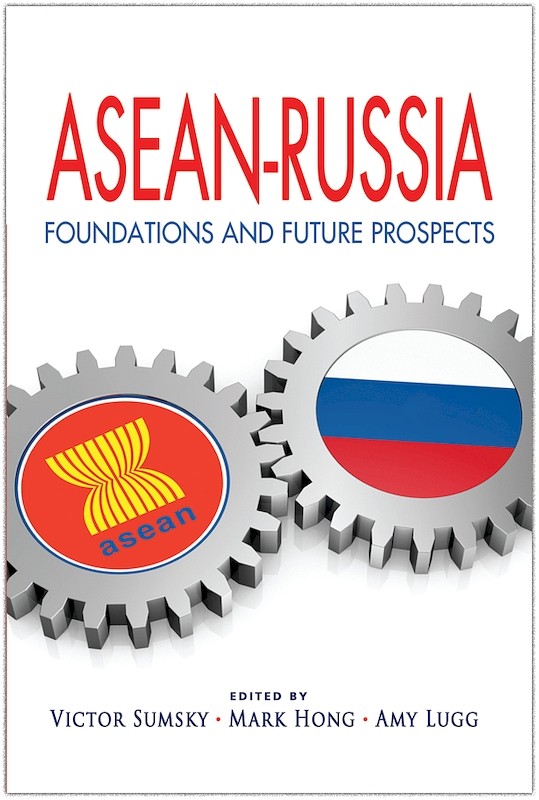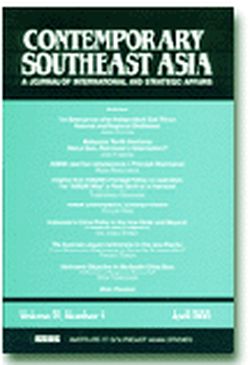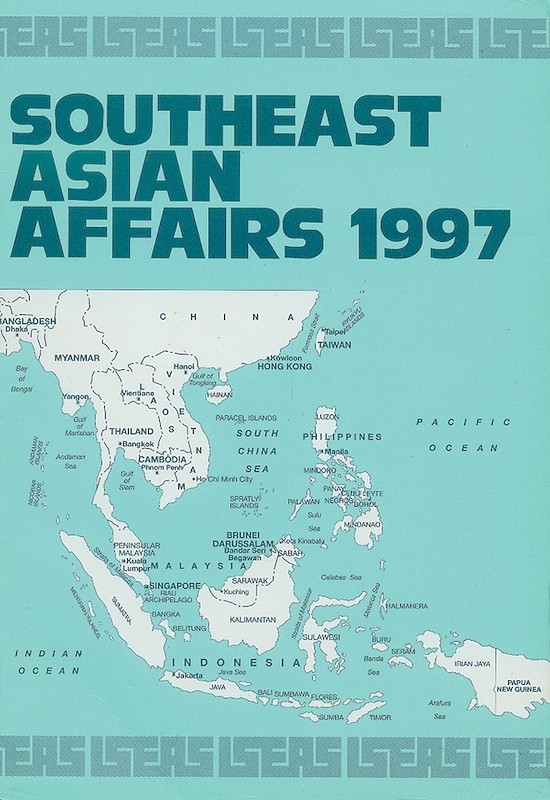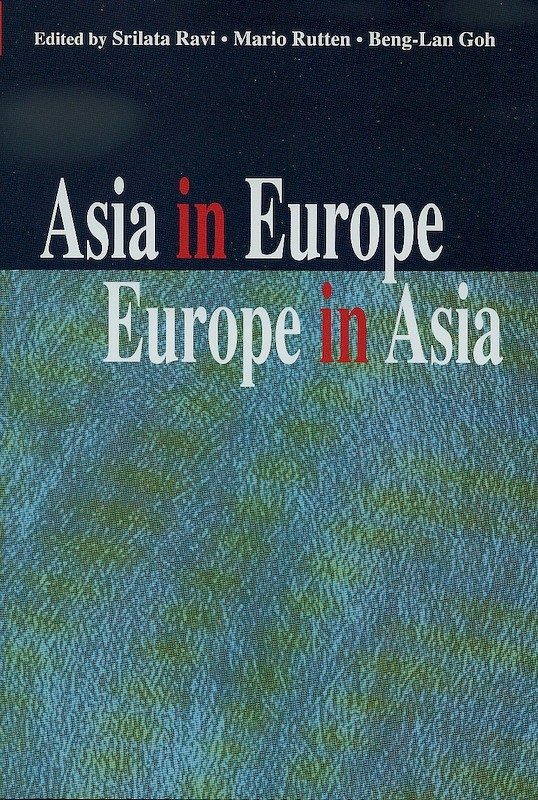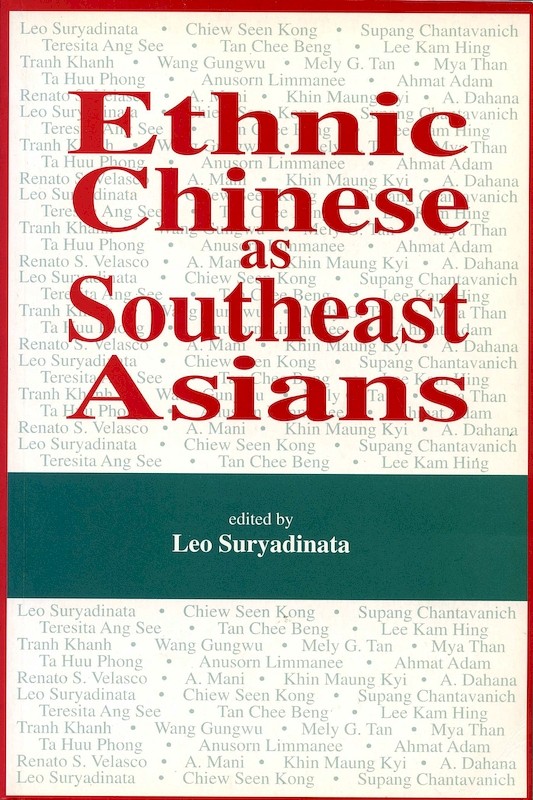Southeast Asians and the Asia-Europe Meeting (ASEM): State's Interests and Institution's Longevity
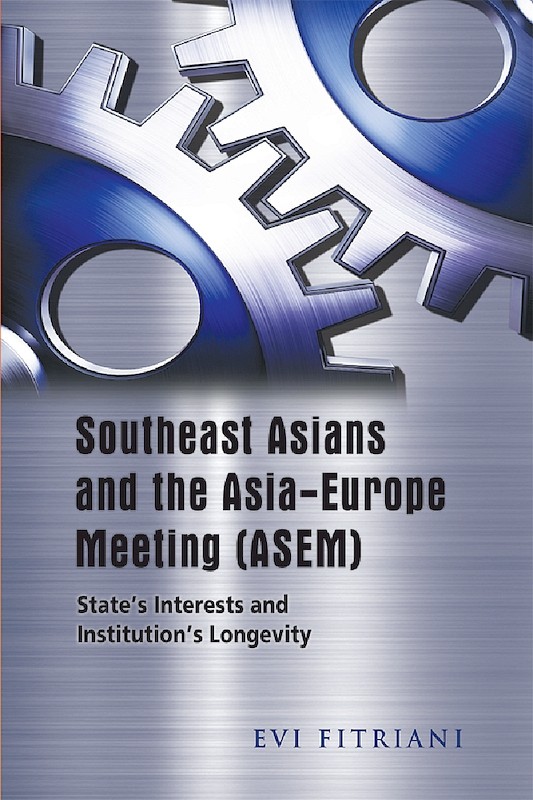
Evi Fitriani, author
Date of publication:
2014
Publisher:
Institute of Southeast Asian Studies
Number of pages:
183
Code:
BM479
Soft Cover
ISBN: 9789814459501
About the publication
The inauguration of the Asia-Europe Meeting (ASEM) in Bangkok in 1996 was celebrated with enthusiasm and hopes in the two regions because this forum represented a breakthrough in Asia-Europe relations. The region-to-region pattern of the relations becomes the study framework that enables the explorations of central themes which include the Asian regional identity, ASEAN collective diplomatic prominence, and the informality of the ASEM institution.
In exploring those central themes, this book applies constructivist, realist, and neo-liberal institutional theories consecutively. The difference between Asian and European cooperative culture, as well as the longevity of an international institution, adds to the picture. This book contributes not only to the study of Asia-Europe relations but also to the understanding of regionalism in Asia.
The e-chapter on " Conclusion: ASEM Has Delivered Significant Benefits to Southeast Asian Countries" , is downloadable free of charge.
In exploring those central themes, this book applies constructivist, realist, and neo-liberal institutional theories consecutively. The difference between Asian and European cooperative culture, as well as the longevity of an international institution, adds to the picture. This book contributes not only to the study of Asia-Europe relations but also to the understanding of regionalism in Asia.
The e-chapter on " Conclusion: ASEM Has Delivered Significant Benefits to Southeast Asian Countries" , is downloadable free of charge.
Contents
-
Southeast Asians and the Asia-Europe Meeting (ASEM): State's Interests and Institution's Longevity
[Whole Publication, ISBN: 9789814459624], by Evi Fitriani, author -
Preliminary pages with Introduction
-
1. ASEM and the Development of an Asian Regional Identity
-
2. ASEM and Southeast Asian Countries Foreign Policy: Case Study: The Issue of Myanmar in the 2004 ASEM Enlargement
-
3. Southeast Asians and the Informality of the ASEM Institution
-
Conclusion: ASEM Has Delivered Significant Benefits to Southeast Asian Countries
-
Epilogue: Southeast Asia and ASEM after 2008
-
References
-
Appendices
-
Index
-
About the Author

